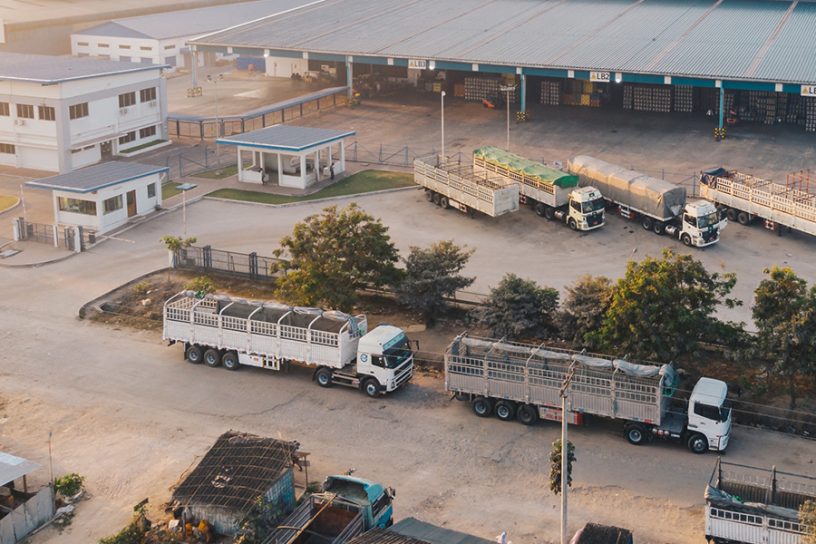
This paper tries to develop a bi-level programming model to analyse the social cost of pollution and congestion due to freight movement within urban areas of India at the product unit price-level.
Authors
Chitresh Kumar, Associate Professor, Jindal Global Business School, O.P. Jindal Global University, Sonipat, Haryana, India.
Anirban Ganguly, Professor, Jindal Global Business School, O.P. Jindal Global University, Sonipat, Haryana, India.
Summary
The urban area largely relies on the movement of goods and services. Additionally, pollution and congestions, the two negative externalities of urban freight movement, has led to a plethora of restrictions and regulations from operational and supply chain perspective. The paper tries to develop a bi-level programming model to analyse the social cost of pollution and congestion due to freight movement within urban areas of India at the product unit price-level.
The model was based on government’s toll and time-windows based regulation for vehicular entry restrictions within the urban areas for pollution. The model was iterated for various buyer-supplier for various buyer-supplier scenarios and for different service levels for backorders and deliveries during restricted time windows.
It was observed that for various levels of service, profit differential varied between (−1.7%) to 2.8% of the product unit price and seemed to be significant enough for supply chain policy consideration.
Published in: International Journal of Business Performance and Supply Chain Modelling
To read the full article, please click here.


